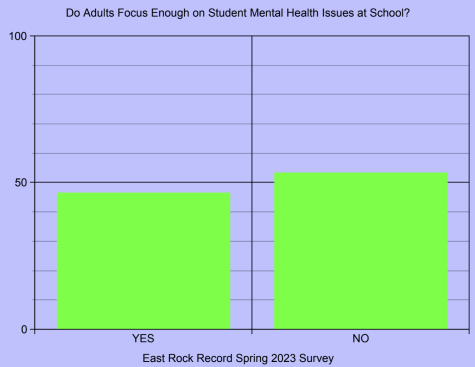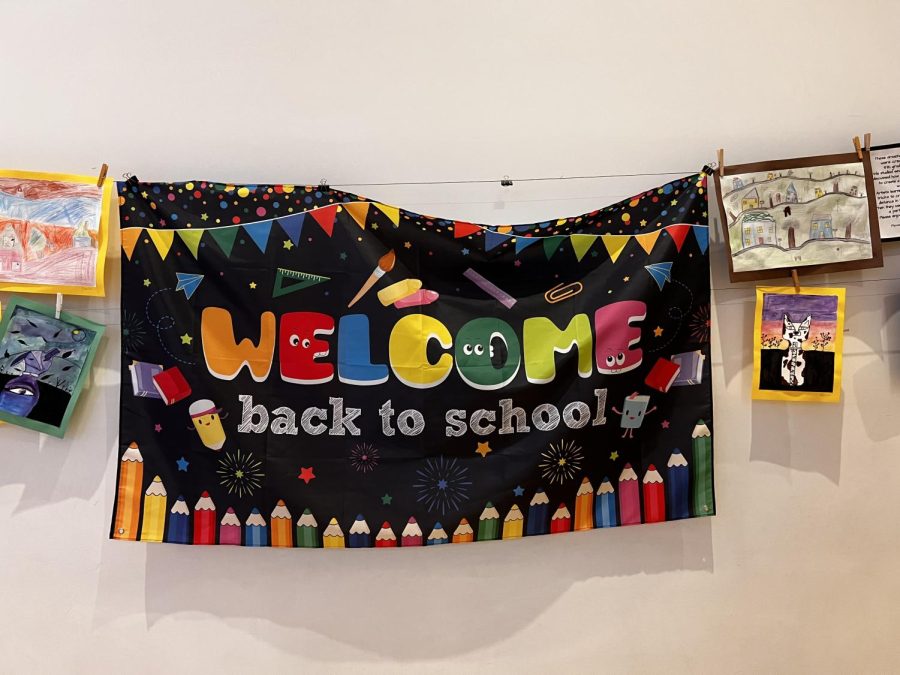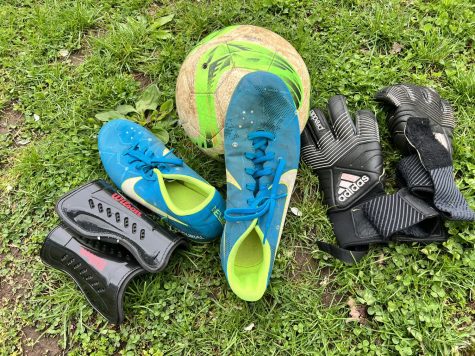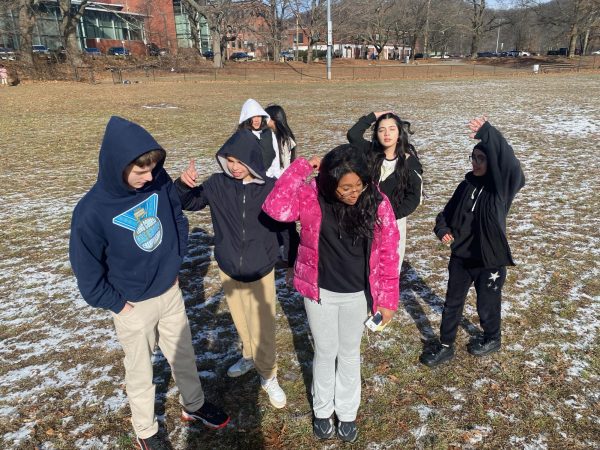Schools look normal. But all is not well.
We’re all back. The buses pull up, the bells ring. There are units and lessons and homework. There is lunch and afterschool. While everything looks normal, the fact is that students are actually struggling to cope with serious mental issues.
One student at East Rock Community & Cultural Magnet School described her experience with increased stress and anxiety following the pandemic. She said that her mental health worsened after being a victim of bullying. Although she was referred to the school counselor for help, she still feels students need more support and more resources to help with understanding and managing their mental health.
“During some time at this school I was a target for bullying, so I did have to go see the school counselor,” the student said. “She was very nice and she definitely helped work things out. A lot of students need a lot of help, like even more resources than just the school counselor. But it’s always very good to know that even if I have the tiniest thing that could set me off, it’s always good to know that she’s there to help me.”
And this student is not the only one.

According to the East Rock Record Spring 2023 survey, less than half of students — 46 percent — felt that adults focused enough on student mental health issues in school. While 70 percent of students said they were happy to be back to school in person, 60 percent said it was harder to focus now than before the pandemic.
There is a lot of talk about student mental health. But what is it?
Mental health involves social and emotional wellbeing. Several experts we interviewed said that means feeding your brain the things it needs to process and regulate emotions. Mental health affects all aspects of life, including the ability to focus and succeed in school. It is also very important to handling the social and academic pressures of elementary, middle and high school. Around the world, when students are struggling with anxiety and stress.
Dr. Suchitra Krishnan-Sarin, a professor and researcher in psychiatry at Yale School of Medicine, said there is no single cause for anxiety and stress.
She said it is believed to be a neurochemical process but is also influenced by the environment. Some people are less able to handle stress and anxiety if they have neurochemical issues that make it harder for them to respond and manage these feelings.
Because mental health impacts every aspect of life, it can affect students in different ways. Some students might deal with stress by using substances, such as vaping. Students who lack healthy coping strategies may seek self-medication instead, which can be especially harmful.
According to Dr. Krishnan-Sarin the adolescent brain is still developing. That makes it more sensitive to things like nicotine and alcohol. Tobacco and smoking addictions are referred to as pediatric diseases because when kid abuse substances they become more addicted and have a harder time quitting than adults, she said. Vaping and mental health become a vicious circle where each makes the other worse, she said.


There are, in fact, healthy strategies to cope with mental health issues, said Dr. Krishnan-Sarin. She said learning to recognize stressors, developing alternative behaviors like meditation or exercise, getting lots of sleep and practicing calming behaviors like deep breathing or stretching, can help a lot.
It also matters to have a positive, healthy environment around mental health at school, said Dr. Jessica Hoffmann, a research scientist at the Yale Child Study Center and director of Adolescent Initiatives at the Yale Center for Emotional Intelligence.
A positive school atmosphere starts with ensuring physical and emotional safety, said Dr. Hoffmann. It also includes positive relationships among students and adults, supportive teaching practices and respect for and celebration of diversity, she said.
Schools have some programs to help. Social Emotional Learning is incorporated into students’ daily routines. “We implement SEL, which is Social Emotional Learning into our routine so students are able to regulate their feelings and discuss the feelings that they may be having, said Jaleesa Wilson, a third grade teacher at East Rock School. She said that “taking the time out of your day to decompress, meaning just have a moment to yourself” also helps students manage their emotions.
One sixth grade student we interviewed said it seemed like there was less time for SEL in the upper grades: “I do miss that brain break kind of thing.”
Dr. Hoffmann, who studies student and educator wellbeing in schools and develops prevention approaches that include building student skills around mental health, said educators need more training and support. She said key characteristics of successful mental and emotional health programs include following a consistent sequence. School leaders, she said, need more input from students to figure out what help they need most.
Samantha Naja, a kindergarten teacher at the East Rock School, said students receive resources when there is a problem. But she would like to see more preventative measures.
“A lot of times I feel like resources aren’t necessarily presented until necessary,” she said. Ms. Naja said she would rather be sure that “our students know who the social worker is, and the school psychologist and the school counselor before there is an issue, and creating that safe-space relationship.”
The pandemic was hard on everyone. Now that students are back at school, trying to catch up on their learning, it it important to pay attention to mental health support, too.
“A lot of people in my class aren’t always thinking about good things,” said one third grade student at East Rock School. “If I’m feeling mad, then I’ll start being mean to other people, then they’ll start being mean to other people… like dominoes.”
Edited by: Nora Wyrtzen









